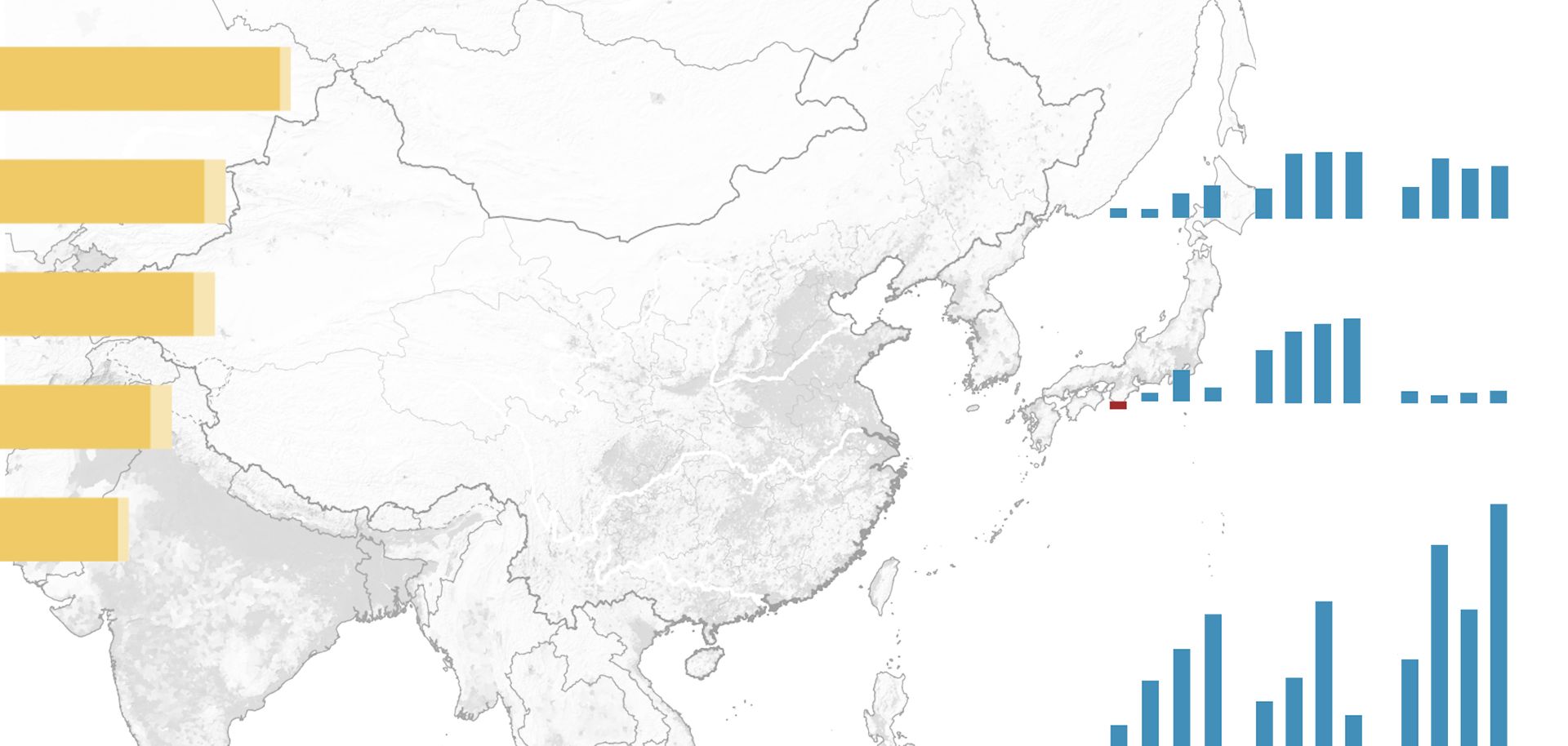
As part of China's effort to reduce its exposure to security risks and supply disruptions off its coast, the government is working to develop new overland transport routes for goods, energy and other natural resources. The far western province of Xinjiang is a critical part of this new transportation plan. As an energy transport corridor and resource base, the province will be critical for efforts to industrialize the interior and reduce China's exposure to possible supply disruptions in the South and East China seas. At the same time, Xinjiang's remoteness and terrain, as well persistent security concerns about the region's restive Uighur Muslim population, will constrain Beijing's most ambitious visions of trans-Eurasian road, rail and pipeline systems.
Nonetheless, there are already an unprecedented number of cross-border projects under various stages of development. Many, such as a proposed agricultural free trade zone along the Xinjiang-Tajikistan border, are small and are expected to have a limited long-term impact. Others, such as a long-discussed overland transport corridor linking Kashgar (which was made into a special economic zone in 2010 and has since emerged as a focal point for state-led investment in Xinjiang) with the Chinese-operated Gwadar Port in Pakistan, could be much more geopolitically significantly, albeit while facing enormous logistical, political and security constraints in the near term.
Building Xinjiang's energy infrastructure and binding it to consumer bases in China's Han core will go hand in hand with efforts to improve overland connections between China and Central Asia. The most important links will facilitate the transport of energy, virtually all of which will move through pipeline systems such as the West-East Pipeline Project, which extends from the Xinjiang-Kazakhstan border to cities in the Yangtze and Pearl River deltas. Of all China's investments in Central Asia (including Afghanistan), projects related to energy and resources have the most potential to directly affect overall Chinese energy and economic security in the next decade.



